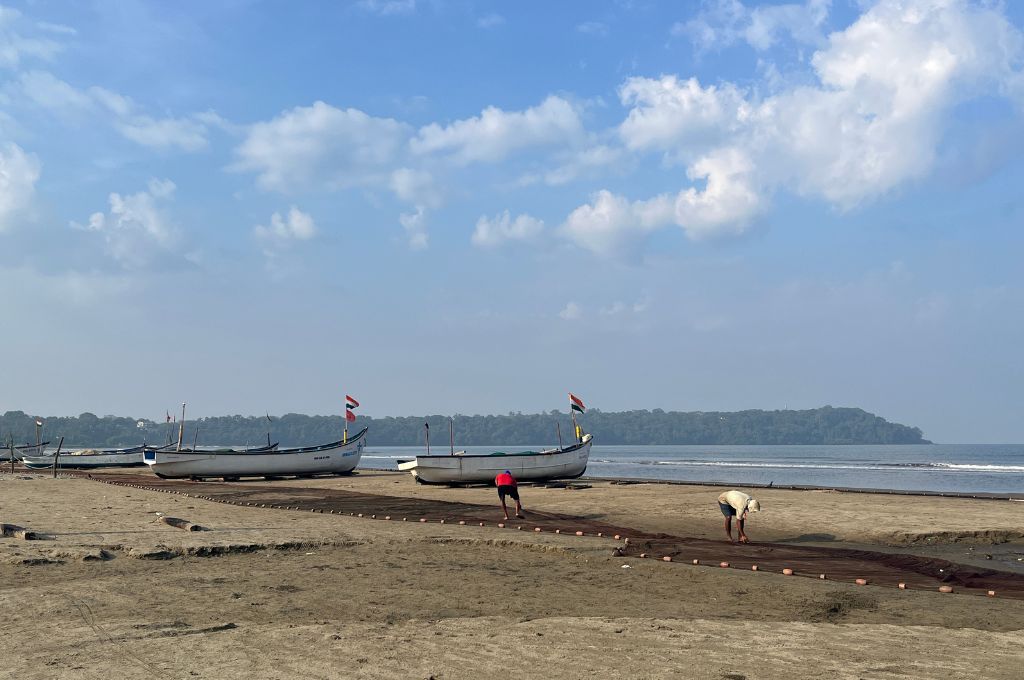All work, some play: How adolescent girls find freedom in employment
We met 16-year-old Manja* for the first time in Sabla block of Dungarpur district in southern Rajasthan. The eldest of four siblings, Manja was 12 when her father’s failing health led him to quit the cycle of migration that sustained the household and return home for good. Soon after, Manja dropped out of school and began seeking work.
For four years now, Manja has been the sole earning member of her family, working on construction sites, farmlands, and MNREGA sites. In the aftermath of the lockdown, work remains sporadic—barely enough to sustain her family or repay the debts accumulated over the course of the months when she was unemployed.
In the small village where Manja resides, her story is by no means unique. Regardless, it is not one told very often. Known as kishori shramiks (adolescent female workers), girls like Manja are an invisibilised part of the local labour market in southern Rajasthan—an area that contributes significantly to the informal workforce employed in Surat, Ahmedabad, Mumbai, and Bangalore.
When we speak about kishori shramiks, we often only focus on the aspect of child labour. In doing so, we ignore how their work intersects with their desire for agency. For many girls, their entry into the labour market provides them with a degree of agency that they otherwise might not have. Some enjoy chatting with friends while commuting to work, while others like the fact that work allows them to earn their own money, spend it as they like (at least a portion of it), and access spaces outside of their homes.
*Name changed to maintain confidentiality.
Priyanshu Krishnamoorthi has been an India Fellow and has worked with Basic Healthcare Services in southern Rajasthan. Sruthi Nair is a former India Fellow and works with Aajeevika Bureau in southern Rajasthan.
India Fellow is a content partner for #groundupstories on IDR. Read the original stories here and here. A longer version of Sruthi’s story first appeared on Feminism in India.
Know more: Learn why teenage girls in India aren’t going to school.
Do more: Connect with Priyanshu Krishnamoorthi at [email protected] and Sruthi Nair at [email protected] to learn more about and support their work.



